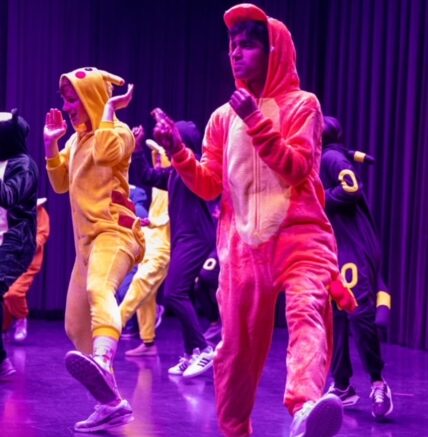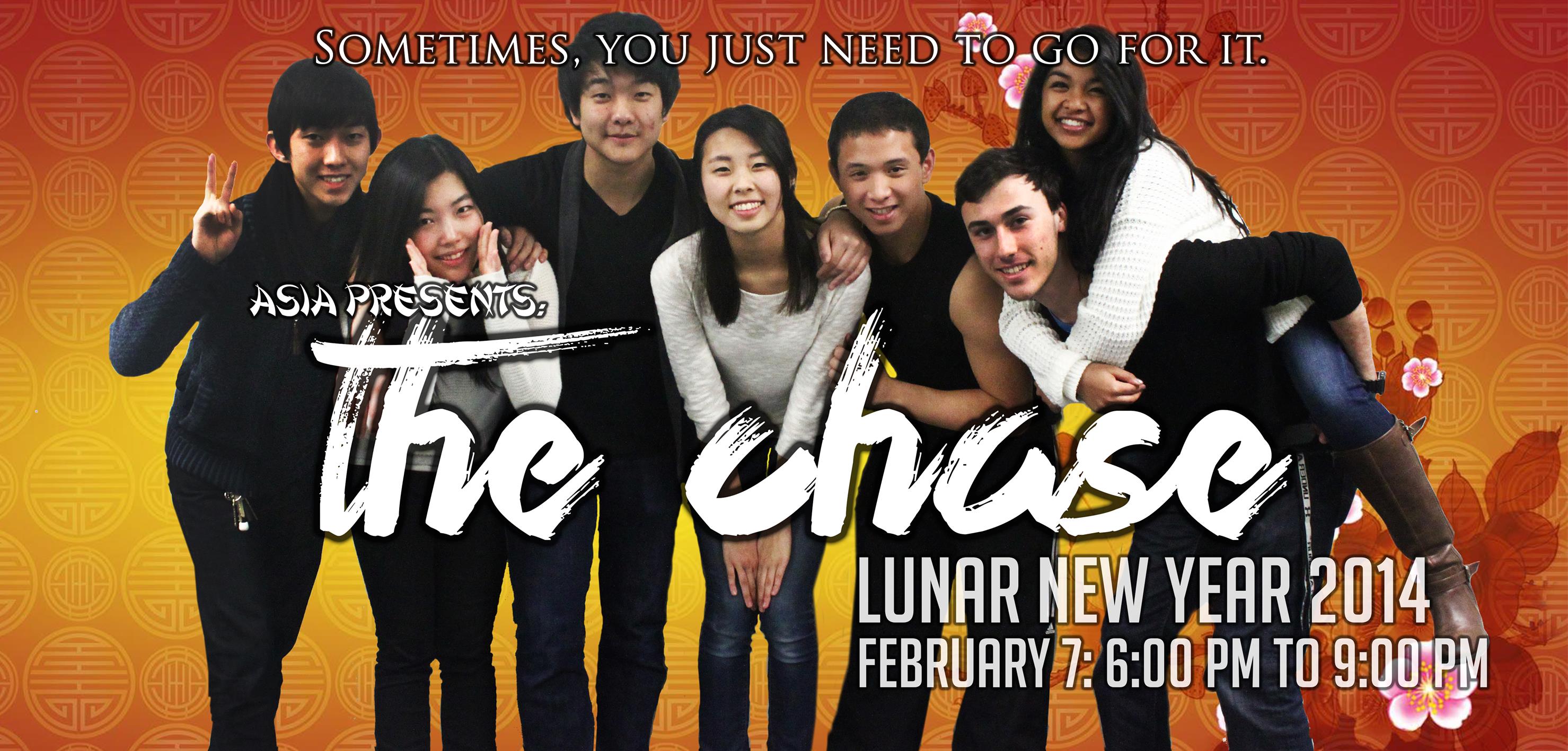As you sit in the seats of the auditorium watching the Lunar culture show performance, and the seats of the gymnasium during the pep rally, you can’t help but think, “Oh boy, those choreos must have had a hard time with the Lunar and Clash overlap this year!”
…but you probably didn’t.
Lunar, which took place on January 26th, was a resounding success for the ASIA Culture Club, setting a new standard for the future of IMSA shows! But one of the only problems this year was the overlap between Clash and Lunar. Students and choreographers found themselves juggling on the edge between classes, clubs, and dancing for weeks that seemed like months.
But what does it really take to plan, choreo, and teach both a Lunar dance and drill for the Clash of the Halls? Let’s talk to one of the most involved students during this overlap,
1505 (1st place) Drill Choreographer | Lunar Junior Dance Choreographer | Asad Sheikh
Can you describe your experience creating the choreography for the 1505 CotH Drill and the Lunar Junior dance? How did you become involved in both events?
“For lunar, I was asked to choreo Junior due to the lack of people who were willing to do it, so I decided to step up. For Clash, I really wanted to mimic my last year’s experience and improve the drill using the knowledge I had from my Sophomore year. However, I found that Lunar was much more difficult because there were only two people, meaning that the dance would have to split equally. Sometimes, there were days that we created the choreography a day before teaching it to the other students.”
What were your expectations going into each dance from a teaching perspective, and how did they differ from the experience? Was it harder in different stages?
“Of course, for Lunar, I already knew most of the skill levels for the Juniors, so that made it easier to adjust the positions for the dancers. Plus, we had lots more time to create the choreography over break, so that helped. And for Clash, I was genuinely stumped when it came to the skill levels for the dancers, but I knew that we had to make this year one to remember and go all out.”
Did you face any other specific challenges or difficulties due to the overlap between the Clash of the Halls and the Lunar? If so, what were they?
“During Lunar tech week, we didn’t spend much, if any, time for Clash which only gave us two weeks to fully teach and polish the formations and choreography. At some point after Lunar Tech Week, all of the 1505 drill choreographers decided that we didn’t have enough time and that it would be more worth it to create simple dances so that everyone could learn before the pep rally. But at the end of the day, we decided to stick with it and keep our original ideas, which I think is one of the reasons why we did so well.”
Reflecting on your experience, what insights or advice would you offer to future choreographers who may encounter similar scheduling conflicts between culture shows and dances?
“Never take on more than you think you can handle. Instead of taking multiple things at once, focus on one dance and make it the best experience for everyone. But if you know that you can do extra, do it by all means.”
Looking ahead, do you foresee any potential strategies or changes that could mitigate overlaps between different dances in the future? Perhaps potential administrative decisions?
“I know that I don’t have much say in this, but IMSA and the culture clubs should combine some of their shows to prevent such a huge overlap and the pretty big gap after Lunar and before Asante.”
Closing Remarks
Through Asad Sheikh’s experience, we can see that maintaining the balance with classes, dances, and clubs demands immense persistence and a true commitment to the IMSA experience. Sheik’s experience managing both Lunar and Drill is only a testament to his words, “Never take on more than you think you can handle.” Looking ahead, there is an opportunity for IMSA and culture clubs to brainstorm more effective ways to prevent the buildup of stress that comes with participating in these shows. Despite these difficulties, IMSA students have shown that with enough persistence you can make a more fun and memorable experience for everyone.






Be the first to comment on "Navigating Culture Shows and Clash of the Halls at IMSA – A Choreographer’s Perspective"